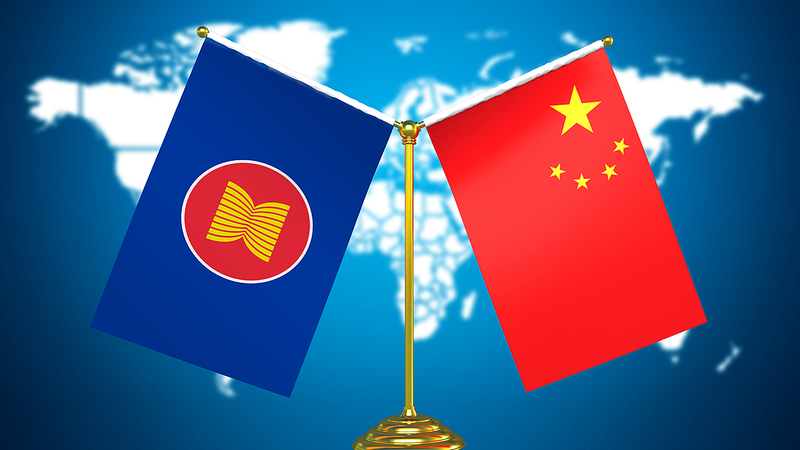In a move set to reshape regional trade dynamics, China and the Association of Southeast Asian Nations (ASEAN) signed the Free Trade Area 3.0 Upgrade Protocol on Tuesday in Kuala Lumpur, ahead of the 28th China-ASEAN Summit.
The upgrade, hailed by the Chinese Ministry of Commerce, aims to inject fresh confidence and momentum into both regional and global economic growth. As the rules-based international trade system faces mounting pressures, stakeholders from China and ASEAN are doubling down on multilateralism and free trade.
Beyond traditional tariff cuts and investment liberalization, Version 3.0 broadens its scope to emerging frontiers. In addition to customs procedures, trade facilitation, and standards, the new protocol spotlights the digital economy, green initiatives, supply chain interconnectivity, competition and consumer protection, and support for micro, small, and medium-sized enterprises.
This marks the next milestone in a journey that began with Version 1.0 in 2002 (fully implemented by 2010) and advanced through a 2.0 upgrade signed in 2015 and effective from 2019. Negotiations for the latest version kicked off in November 2022 and wrapped up by May 2025.
Trade between China and ASEAN has been a growth engine for the region: bilateral exchange reached $982.3 billion in 2024, a seventeen-fold rise since 2002. The new protocol not only deepens economic integration but also sets the stage for inclusive development across digital and green sectors.
Next steps include domestic approval processes in all signatory states to ensure the protocol comes into force swiftly. As China and ASEAN chart this upgraded path, young entrepreneurs, digital nomads, and sustainability advocates alike will be watching how these changes power the next wave of growth.
Reference(s):
cgtn.com



